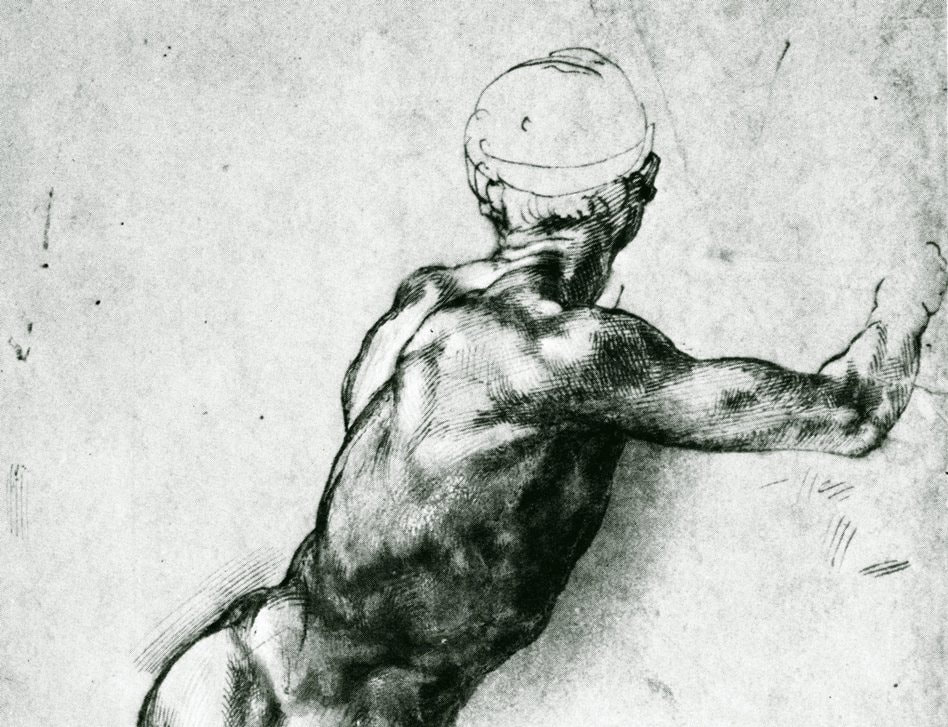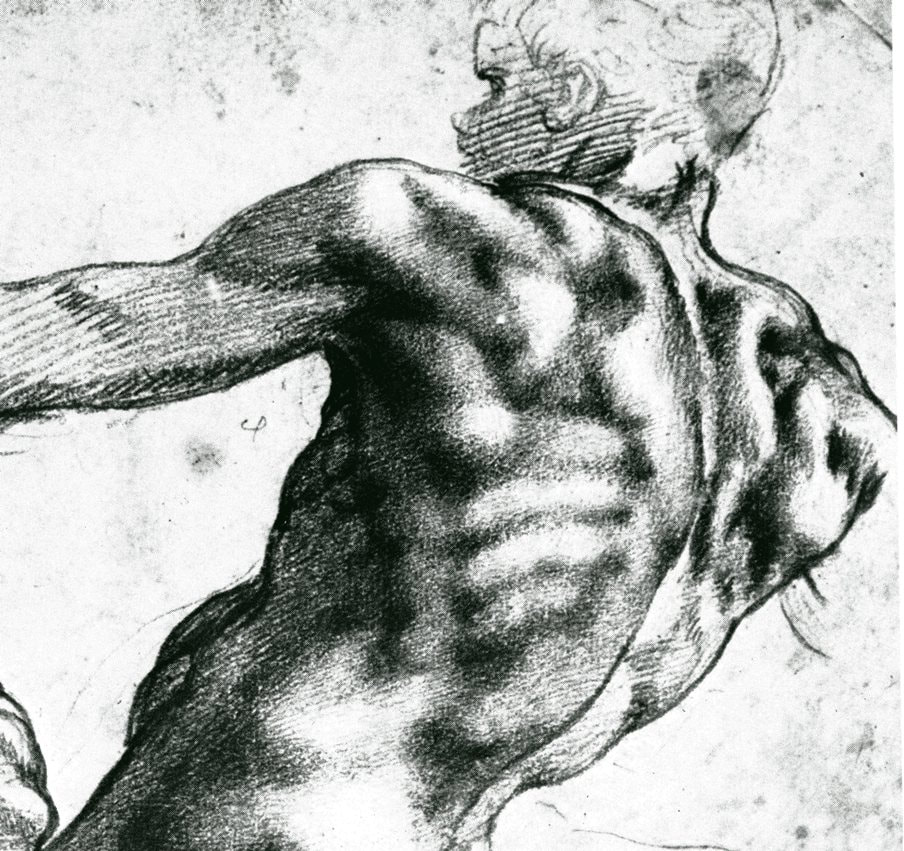Of all the patients that see a spine surgeon, only about 1 in 10 ends up needing to have an operation. No matter how bad your back pain is now, your best bet for improvement in pain and function will include a combination of exercise, conditioning, and improved body mechanics.Whether you are coping with an acute back injury or long-standing pain, here are some basic recommendations for good health and good spine health, for dealing with pain and starting to get better. First, start with… 3 things that can help with your overall health: Weight control and fitness Controlling your weight and maintaining a good diet will contribute to your overall well-being and will help with reduction of pain in your neck and your lower back. Maintaining a healthy diet, avoiding overeating and snacks, and maintaining a good balance of protein and carbohydrates, will help you heal an injury, and maintain a good healthy fitness level. Smoking Cigarette smoking (it’s the nicotine!) is very addictive and it is hard to quit. Nonetheless, stopping smoking can be one of the most important things you can do for the fitness of your spine. Patients with severe back and neck problems really need to stop smoking, as the effect of nicotine on surgical treatment can be very harmful. Exercise Diet alone will not keep you from gaining weight, or help you lose it. A good exercise program is always important. Whether or you use an exercise bike, elliptical trainer, treadmill, or swim, walking remains one of the easiest and most effective ways to lose weight and maintain fitness. Now, things you can do to minimize or relieve your back pain: Good body mechanics Learning how to sit, stand, and move the right way is important to good back health, and very important to getting over a back injury. Good back and body mechanics reduce the strain on back muscles during normal activities, and help you get back to normal activity without stirring up more pain than you need. Moving the wrong way can be one of the reasons you strained your back in the first place, and it can really slow down your recovery. Sleeping and laying down Pain at night can really interfere with rest and recovery. Both leg pain and back pain can be more aggravating at night. If you sleep on your back, put a pillow under your knees, keeping your feet elevated and your hips and knees slightly flexed. When you lay on your side try bending your knees slightly and put a pillow between them to keep your hips even. Sitting Make sure your chair supports your back well. Your head should line up over your hips, and you should not feel like you’re slouching. Support your lumbar curve with a rolled-up towel or lumbar roll just behind your back. Your knees should be level with your hips. You should take time to change positions and get up and stretch or walk around every half hour or so. Standing Standing in one spot is not a mechanical problem for most backs, BUT most of us find ourselves bending forward over our work for long periods of time. Whether you’re doing the dishes, tuning a car, painting a picture or working at a tool bench, that partially flexed position taxes your back muscles and leads to stiffness and pain. Bending your knees slightly will take the stress off your lower back but you can’t stand like that very long. Standing with your foot on a small stool, or even resting it on the floor of an opened cabinet - while working at a counter or sink - will flex your hip, straighten your spine, and take some of the stress of the lumbar musculature. Remember to wear good quality shoes with a solid arch support. Change positions and move about from time to time. Bending and lifting Always use good back mechanics when lifting: Don't cheat! Whether you’re picking up a sock or a rock, bend at your knees and hips instead of your waist. Keep your head and shoulders balanced over your hips and feet. Lift with your legs, not with your back. Whether you are picking something up off the floor, or a tabletop, or a counter, keep the item close to your body and avoid reaching. And remember, lifting at awkward angles is always a bad idea: Whether you are pulling groceries out of the trunk of your car, or putting your toddler in the car seat, both are much harder on you back than lifting 20 pounds off the top of a counter. Turning
Learn how to "move as a unit". This means keeping your shoulders and your hips square as you move from place to place. Twisting a little bit to pick something up is not bad, but repetitive twisting back and forth is hard on your back. When you move things from one place to another remember to move your feet as you turn, and not twist at the waist or knees. Reaching Good back mechanics means learning how to protect your back whether you are lifting or not. Bending at the waist and leaning forward puts a large strain on back muscles. This is true whether you are tucking sheets on the bed, vacuuming under the couch, getting the milk out of the refrigerator, or lifting something out of your car. Remember to bend your knees, keep your back straight, and work with your legs. I hope you find this program helpful. If you do, feel free to share with others, and let me know if you have other questions I can answer. Thanks for reading! Thanks for reading! Feel free to Like and Share this content and let me know what other questions you might have!
2 Comments
5/24/2023 11:47:19 am
It was fascinating to know that walking is one of the most effective ways to prevent back pain. My friend what to relieve his back pain. I should advise him to seek help from a clinic that specializes in back pain relief.
Reply
6/24/2023 07:06:25 am
Thank you for sharing your expertise and recommending a healthy program for back care on your website.
Reply
Leave a Reply. |
Details
AuthorI'm Dr. Rob McLain. I've been taking care of back and neck pain patients for more than 30 years. I'm a spine surgeon. But one of my most important jobs is... Archives
January 2024
Categories |




 RSS Feed
RSS Feed